Beginner’s Guide to Blockchain Technology in 2024
Blockchain technology has been a buzzword for years, yet it remains shrouded in mystery for many. This guide aims to demystify blockchain and explore its potential in 2024. Whether you’re a tech enthusiast or a curious newcomer, this guide will provide you with a solid foundation in blockchain technology.
Introduction
At its core, blockchain technology is a digital ledger of transactions that is duplicated and distributed across an entire network of computer systems on the blockchain. This ensures that each block in the chain is secure and immutable, making it a reliable method for recording transactions. Blockchain was introduced with Bitcoin in 2008 by the pseudonymous Satoshi Nakamoto, who sought to create a decentralized currency free from government control.
Over the years, blockchain has evolved beyond cryptocurrencies. Its potential now spans various sectors, from finance to healthcare, and even beyond. The growing importance of blockchain technology lies in its ability to provide secure, transparent, and tamper-proof systems. As industries continue to explore blockchain’s capabilities, its applications are becoming increasingly vital for innovation and efficiency.
Understanding the Basics of Blockchain Technology
To grasp blockchain technology, it’s essential to understand its fundamental components: blocks, chains, and nodes.
- Blocks: A collection of data or transactions that, once verified, is added to the chain.
- Chains: A series of blocks linked together in chronological order, forming a digital ledger.
- Nodes: The computers that participate in the blockchain network, each holding a copy of the entire blockchain.
Consider a simple example: Alice wants to send money to Bob. This transaction is represented as a block, broadcasted to every node in the network, which validates the transaction. Once verified, the block is added to the chain, completing the transaction. This decentralized process eliminates the need for intermediaries, reducing costs and enhancing security.
Decentralization is a core principle of blockchain technology, ensuring that no single entity has control over the entire network. This not only enhances security but also democratizes access to data, reducing the risk of manipulation or fraud.
Key Features of Blockchain Technology
Blockchain technology boasts several key features that set it apart from traditional systems:
- Security: Each block is cryptographically secured, making it incredibly difficult for hackers to alter the data.
- Transparency: Every transaction is recorded on a public ledger that anyone can view, ensuring complete transparency.
- Immutability: Once a block is added to the chain, it cannot be altered, ensuring data integrity.
These features collectively make blockchain an attractive solution for businesses and organizations seeking secure, transparent, and reliable systems.
Types of Blockchains
Understanding the different types of blockchains can help businesses choose the right fit for their needs. Here’s a quick overview:
| Type | Description | Example |
|---|---|---|
| Public Blockchains | Open to anyone, decentralized and secure, but potentially less efficient. | Bitcoin, Ethereum |
| Private Blockchains | Restricted to specific users, greater control and efficiency, less transparent. | Hyperledger |
| Consortium Blockchains | Controlled by a group of organizations, balance between decentralization and efficiency. | R3 Corda |
Each type of blockchain has its pros and cons, making it crucial for businesses to choose the one that best suits their objectives.
Blockchain Technology in 2024: Current Trends and Future Outlook
As we move into 2024, blockchain technology continues to evolve, with several key trends shaping its future. One notable trend is the rise of decentralized finance (DeFi), using blockchain to create financial systems without traditional intermediaries, democratizing access to financial services and opening new investment opportunities.
Another emerging trend is the use of blockchain in supply chain management. By providing a transparent and immutable record of transactions, blockchain ensures the authenticity and traceability of products. This is particularly valuable in industries like food and pharmaceuticals.
Looking ahead, blockchain is poised for further breakthroughs. Quantum computing, for instance, could enhance blockchain’s processing capabilities, while advancements in interoperability could allow seamless integration between different blockchain networks.
Blockchain Technology and Modern Business
In 2024, businesses are increasingly using blockchain technology to drive innovation and enhance operations. Blockchain’s ability to provide secure and transparent systems is transforming industries, from finance to logistics. Here’s how businesses are leveraging blockchain:
- Simplifying processes: Automating complex transactions through smart contracts.
- Reducing costs: Minimizing the need for intermediaries.
- Enhancing security: Creating secure digital identities and protecting sensitive data.
Gather more insights from our guide on unlocking blockchain potential where companies are also exploring tokenization, converting assets into digital tokens for trading on blockchain platforms, opening up new opportunities for investments and liquidity.
Blockchain vs. Cloud Computing: Complementary Technologies
Blockchain and cloud computing are two transformative technologies that can work together to create powerful solutions. Here’s a brief comparison:
| Technology | Characteristics | Benefits |
|---|---|---|
| Blockchain | Decentralized, secure, transparent | Enhances data security, integrity, and reduces fraud risk. |
| Cloud Computing | Scalable, on-demand access to computing resources | Simplifies operations, reduces costs, and supports innovation. |
Businesses can leverage cloud computing to store and process large volumes of data while using blockchain to ensure its security and authenticity. This combination is particularly valuable for startups looking to innovate.
For more insights on how these technologies can work together, refer to guide on cloud computing solutions for startups.
Challenges and Limitations of Blockchain Technology
Despite its many advantages, blockchain technology faces several challenges and limitations:
- Scalability: As the number of transactions increases, so does the time and resources required to process them.
- Energy Consumption: The process of verifying transactions requires significant computational power, raising environmental concerns.
- Regulatory and Adoption Challenges: Governments and organizations are grappling with how to regulate and integrate blockchain into existing systems.
Solutions like sharding and off-chain transactions are being explored to address these issues, but overcoming these challenges will be crucial for blockchain’s continued growth.
Getting Started with Blockchain
For beginners interested in exploring blockchain technology, here are some practical steps to get started:
- Educate Yourself: Familiarize yourself with blockchain basics through online courses, articles, and videos. Platforms like Coursera and Udemy offer comprehensive courses.
- Engage with the Community: Join forums, social media groups, and meetups for valuable insights, networking opportunities, and support.
- Experiment with Projects: Start with simple projects, like creating a basic smart contract or setting up a cryptocurrency wallet, and gradually explore more complex applications.
Conclusion
In summary, we’ve explored the fundamentals of blockchain technology, its key features, and its potential applications in 2024. From its origins in cryptocurrency to its growing importance across various industries, blockchain is proving to be a transformative technology.
As businesses continue to leverage blockchain for innovation and efficiency, and as new trends and breakthroughs emerge, the relevance of blockchain technology will only increase. While challenges remain, the potential of blockchain is vast, offering opportunities for those willing to explore and embrace its possibilities.
We encourage readers to continue learning and experimenting with blockchain technology, as it holds the promise of transforming industries and creating new opportunities in the digital age.




